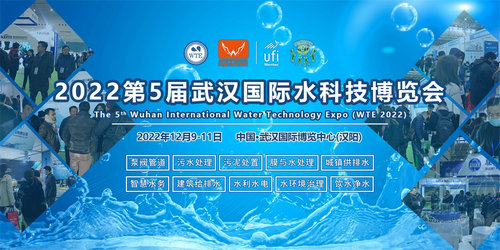3D photothermal aerogel replaces graphene to achieve high-efficiency seawater desalination of 88.9%
www.xianjichina.com, May 6th: Water is an important natural resource essential for the survival and development of human society. However, due to uneven distribution and limited reserves of large amounts of safe and clean water resources, more than one billion people are currently suffering from shortages of drinking water. Solar steam power generation technology may be one of the most promising technologies to use sustainable solar energy to alleviate the shortage of drinking water. Photothermal aerogels (PTMs) quickly heat and evaporate thin layers of water by converting solar energy into heat and concentrating on its surface, thereby achieving high steam rates and energy conversion efficiency. Among them, three-dimensional (3D) graphene aerogels are currently the most widely studied and closest to practical applications. They have unique advantages in solar steam generation, such as light weight, high flexibility, high evaporation rate and energy efficiency. However, a more serious problem is that the price of graphene is relatively expensive, so large-scale application of this type of PTM in real life is very challenging in terms of economic rationality. Therefore, if 3D aerogel PTM is to be accepted by the market, a strategy must be developed to reduce the content of graphene in such materials without affecting efficiency. Among them, an ideal and effective way to achieve this goal is to use biomass materials as the skeleton carrier of the 3D aerogel, instead of part of the graphene used.
【Research results】
In response to the above problems, recently, researcher Xu Haolan (corresponding author) and Daniel Peter Storer (first author) of the University of South Australia used reduced graphene oxide (RGO) nanosheets, sodium alginate (SA) and cellulose extracted from rice straw. 3D photothermal aerogels are prepared from raw materials, which are used for solar water evaporation to obtain pure water.
The research results show that straw cellulose plays an important role as a supporting framework, which not only reduces the amount of RGO used, but also improves the mechanical stability and flexibility of the resulting photothermal aerogel. In the case of the same content of RGO and SA, the volume of RGO-SA aerogel is 4.92 cm 3, which is much smaller than the volume of RGO-SA-cellulose aerogel (7.06 cm 3), which indicates that straw cellulose can at least reduce RGO 43.5% usage. Compared with RGO-SA-cellulose, RGO-SA aerogel cannot recover its original shape after being compressed by a load (500 g). In addition, the prepared photothermal RGO-SA-cellulose aerogel has obvious water absorption capacity. Due to its porous structure and super hydrophilicity, it can absorb water about 20 times its own weight. In addition, the photothermal aerogel shows a strong broadband light absorption rate of 96-97%. During solar vapor generation, the 3D photothermal aerogel not only effectively reduces radiation and convective energy loss, but also enhances the ability to collect energy from the environment, thereby achieving a very high evaporation rate of 2.25 kg m-2 h-1 , Which is equivalent to 88.9% energy conversion efficiency under 1.0 sunlight.
Ion test results show that the salinity of the purified water collected during the actual evaporation of seawater is only 0.37 ppm. Therefore, the partial replacement of reduced graphene by biomass cellulose makes this type of photothermal aerogel material not only environmentally friendly but also cost-effective, and has great potential and practical application prospects in real-world seawater desalination applications. The research results were published in "ACS Applied materials and interfaces" as a paper entitled "Graphene and Rice-Straw-Fiber-Based 3D Photothermal Aerogels for Highly Efficient Solar Evaporation".
 Tanal
Tanal

